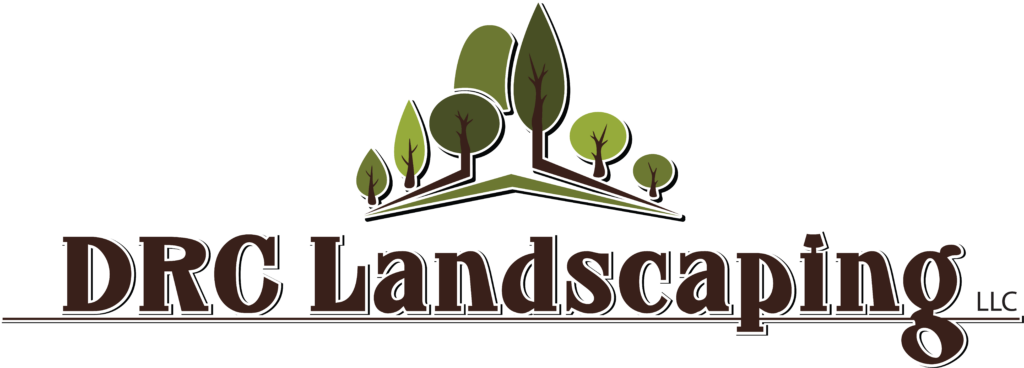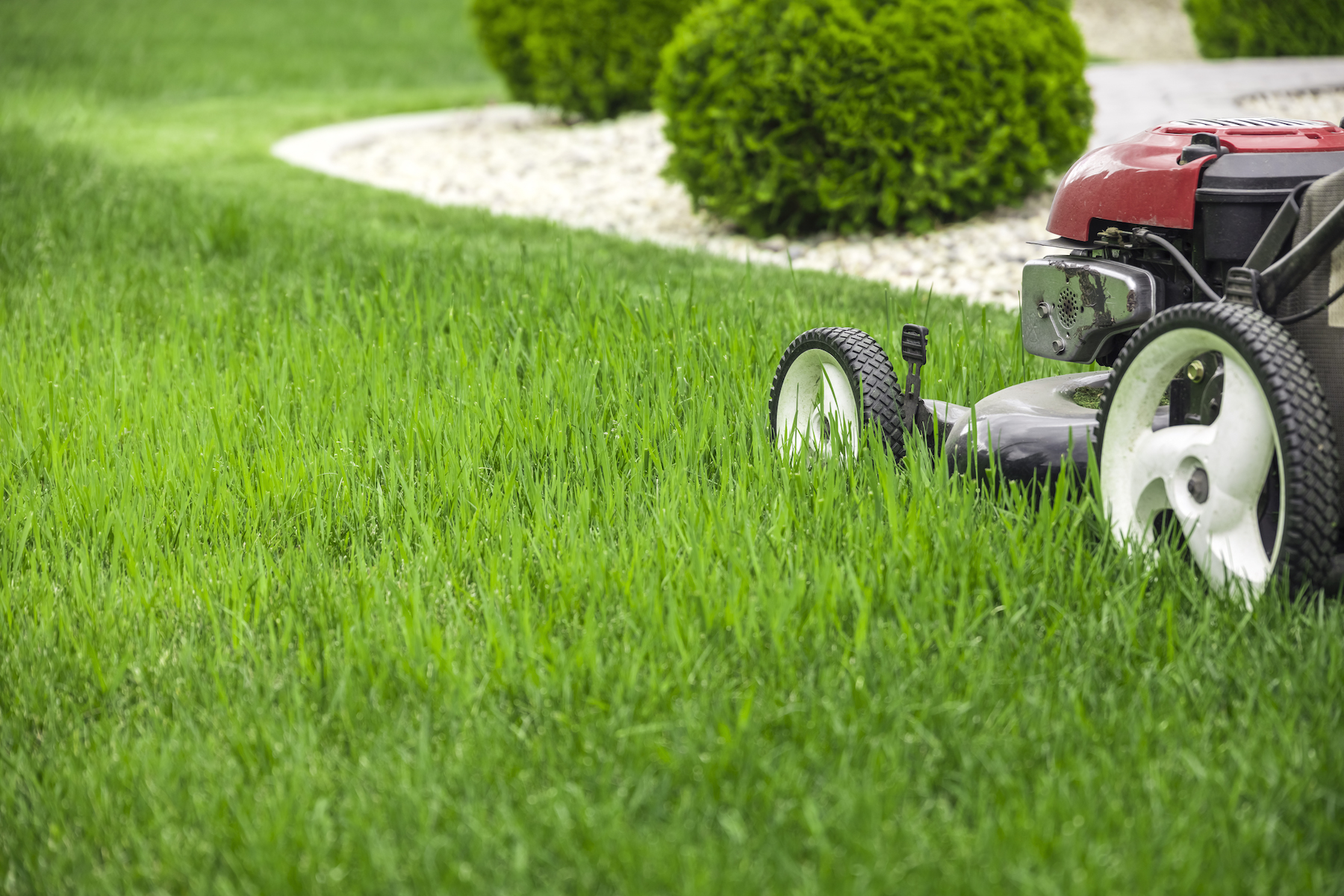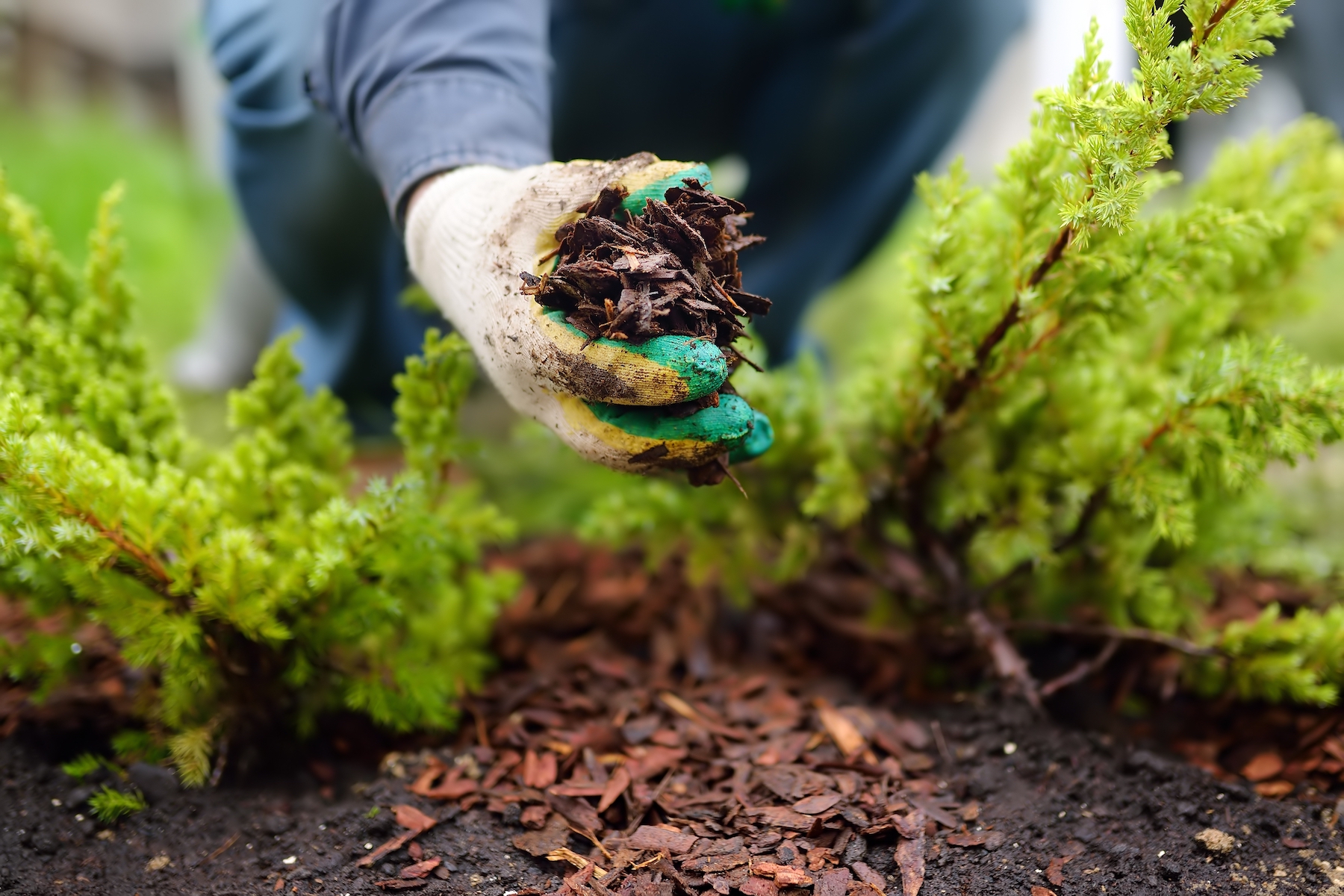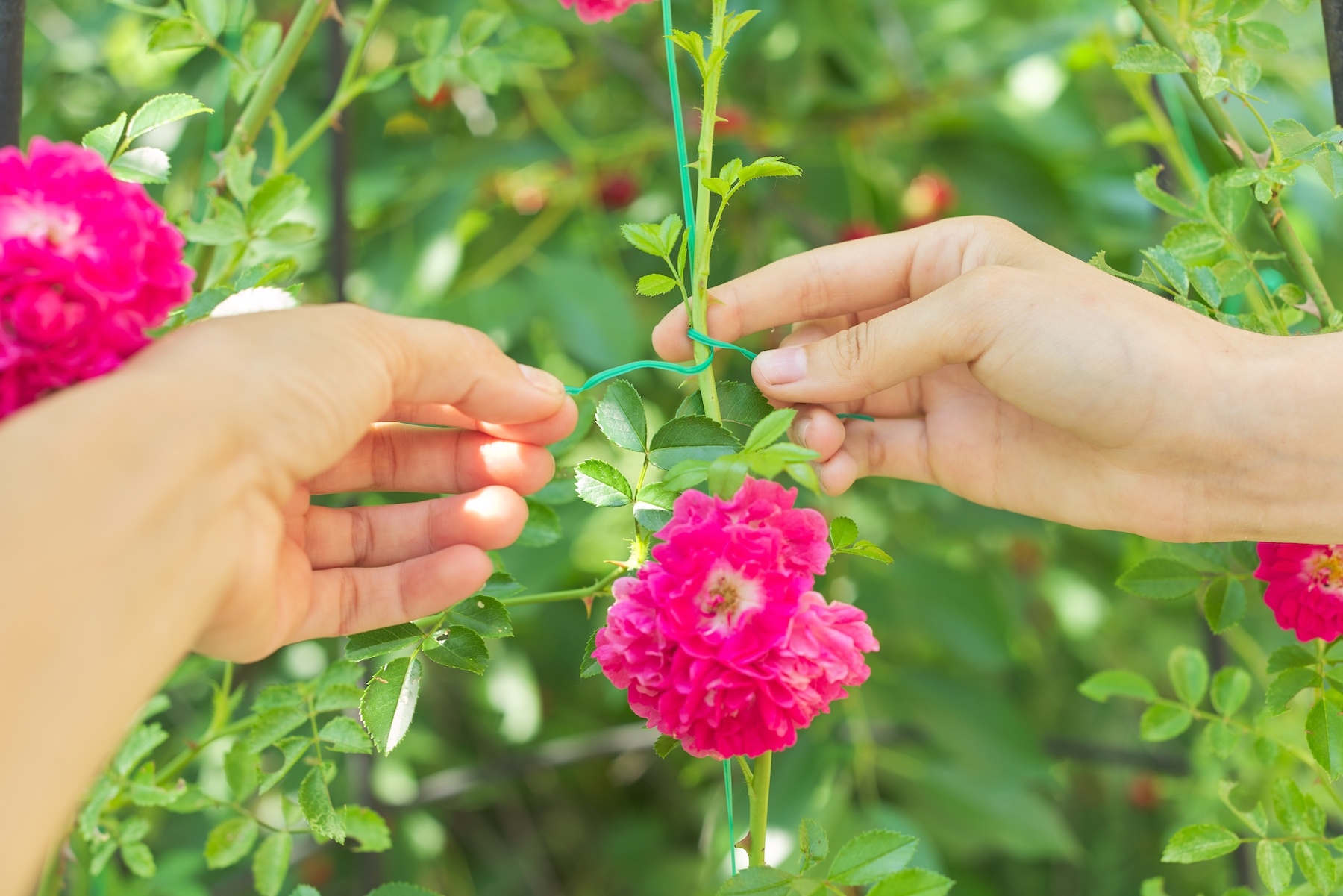Should you go with real grass or artificial turf?
When it comes to making the decision between fake and real grass for lawns, there are a few factors to consider. Each type of grass has its own set of pros and cons, so it’s important to weigh all the options before making a decision. Here are four things you should keep in mind when deciding which type of grass is best.
1. The difference between fake and real grass
There are a few key differences between fake and real grass. Fake grass, or artificial turf, is made of synthetic materials like plastic or rubber. Real grass, or natural turf, is made of live plants that grow in the ground. While real grass can be more aesthetically pleasing when up-kept, fake grass stays green year-round (despite the impact from weather, children, pets, and pests!). There are a few different types of artificial grass that offer a wide array of benefits, including durability, affordability and low-maintenance, and they are now available in many new textures and patterns. Real grass, however, also comes in many shapes and forms. The best way to decide which style you like best is to look at samples of each for yourself!
2. Cost of installation and maintenance
Installation and maintenance of both fake and real grass lawns can be expensive. Artificial or synthetic turf costs more up-front, but it will save money in the long run because it lasts longer with less maintenance. Natural turf needs to be mowed, fertilized, and watered regularly, while fake grass just needs to be swept or hosed off occasionally. Fake grass typically doesn’t require any watering or mowing, making it a low-maintenance option. It’s also more affordable in the long run, since you won’t have to pay for water or fertilizer.
3. Time commitment
The time commitment for both fake and real grass is an important consideration. If you don’t have much time to spend on your lawn, you should consider installing artificial turf because it requires less maintenance than natural turf, and can last up to around fifteen years.
4. Climate
Do you live in a place with abundant rainfall, or a high desert like Reno? Real grass might not be the best option for dry places. On the other hand, severe storms can ruin a natural lawn. However, if artificial grass does become damaged, it costs more to repair than natural sod. While artificial turf can withstand the most severe weather, it also heats up more than natural grass on hot days. Real grass will keep the area around your home cooler during the summer. Real grass also improves the air quality, as it releases oxygen into the environment. Artificial turf utilizes a lot of plastic, but it can also save on water. As climate change inevitably affects our weather patterns, it’s important to take this into account when choosing how we want to landscape around our homes.
Have more questions about natural versus fake turf? Let DRC Landscaping in Reno help you make the best decision for your yard! Get a quote today.



